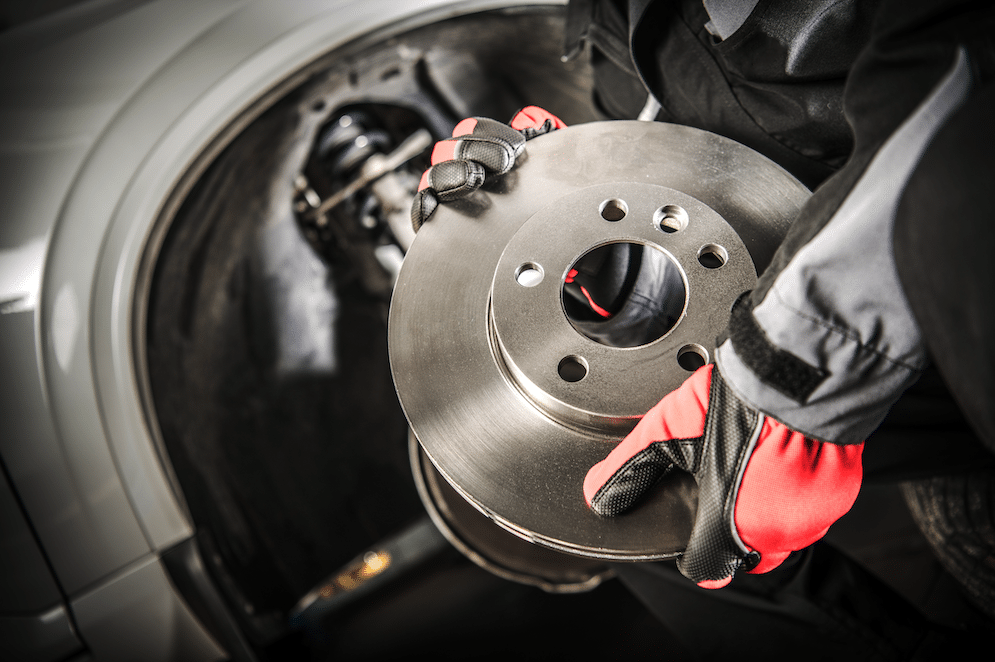If you’ve seen the dreaded P0420 fault code pop up on your car’s diagnostic scanner, don’t panic. This common error code affects thousands of drivers every year, and understanding what it means can save you time, money, and stress. At First Auto Centre, we see this code regularly, and we’re here to explain everything you need to know about it.
What Is the P0420 Fault Code?
The P0420 code stands for “Catalyst System Efficiency Below Threshold (Bank 1).” In simple terms, it means your car’s computer has detected that your catalytic converter isn’t working as well as it should be. The catalytic converter is a crucial part of your car’s exhaust system that helps reduce harmful emissions.
Your car’s engine control unit (ECU) constantly monitors the catalytic converter’s performance using oxygen sensors. These sensors measure the oxygen levels in the exhaust gases before and after they pass through the catalytic converter. When the system detects that the converter isn’t reducing emissions effectively, it triggers the P0420 code and illuminates your check engine light.
Understanding Your Catalytic Converter
Before diving into the causes and solutions, it’s helpful to understand what your catalytic converter actually does. This component sits in your exhaust system and contains precious metals like platinum, palladium, and rhodium. These metals act as catalysts, converting harmful pollutants in your exhaust gases into less harmful substances.
Specifically, the catalytic converter transforms:
- Carbon monoxide into carbon dioxide
- Nitrogen oxides into nitrogen and oxygen
- Unburnt hydrocarbons into carbon dioxide and water
When everything’s working properly, your catalytic converter can reduce harmful emissions by up to 90%. However, when it starts to fail, your car produces more pollution and may fail its MOT emissions test.
Common Causes of the P0420 Code
Several factors can trigger the P0420 fault code, and it’s not always the catalytic converter itself that’s at fault. Here are the most common causes we see at First Auto Centre:
Faulty Oxygen Sensors The oxygen sensors that monitor your catalytic converter can fail or become contaminated. When they send incorrect readings to your car’s computer, it might trigger the P0420 code even if your catalytic converter is working fine. This is often the first thing we check when diagnosing this code.
Damaged Catalytic Converter Sometimes the catalytic converter genuinely has failed. This can happen due to age, contamination, or overheating. Internal damage to the converter’s honeycomb structure prevents it from effectively processing exhaust gases.
Engine Problems Issues with your engine can cause the P0420 code. Problems like misfiring cylinders, worn spark plugs, or a faulty fuel injection system can send unburnt fuel into the exhaust system. This can damage the catalytic converter over time and trigger the fault code.
Exhaust Leaks Leaks in your exhaust system before the catalytic converter can allow extra air to enter, affecting the oxygen sensor readings. This can confuse your car’s computer and trigger the P0420 code.
Fuel System Issues Problems with your fuel system, such as a dirty fuel injector or contaminated fuel, can affect the air-fuel mixture. This can impact the catalytic converter’s efficiency and trigger the fault code.
Symptoms You Might Notice
Apart from the check engine light, you might experience other symptoms when the P0420 code appears:
- Reduced fuel economy
- Lack of power during acceleration
- Strong smell of sulphur or rotten eggs from the exhaust
- Failed emissions test
- Rattling noise from underneath the car
However, it’s worth noting that many cars with the P0420 code run normally. The symptoms often depend on what’s actually causing the code to appear.
Diagnosing the P0420 Code
Proper diagnosis is crucial because replacing a catalytic converter unnecessarily can cost hundreds of pounds. At First Auto Centre, our technicians follow a systematic approach:
Step 1: Code Verification We start by confirming the P0420 code and checking for any other related codes that might provide additional clues.
Step 2: Visual Inspection We examine the exhaust system for obvious damage, leaks, or missing components.
Step 3: Oxygen Sensor Testing We test the oxygen sensors to ensure they’re providing accurate readings to the engine control unit.
Step 4: Catalytic Converter Efficiency Test Using specialised equipment, we measure the actual efficiency of the catalytic converter to determine if it’s genuinely faulty.
Step 5: Engine Performance Check We examine the engine’s overall performance to identify any underlying issues that might be affecting the catalytic converter.
Fixing the P0420 Code
The solution depends entirely on what’s causing the code. Here are the most common fixes:
Replace Faulty Oxygen Sensors If testing reveals faulty oxygen sensors, replacing them often resolves the P0420 code. This is typically much cheaper than replacing the catalytic converter.
Address Engine Issues Fixing underlying engine problems like worn spark plugs, faulty ignition coils, or fuel system issues can resolve the code and prevent future catalytic converter damage.
Repair Exhaust Leaks Sealing leaks in the exhaust system can restore proper oxygen sensor readings and eliminate the fault code.
Replace the Catalytic Converter If the catalytic converter has genuinely failed, replacement is the only option. We always use high-quality replacement parts that meet or exceed original equipment specifications.
Prevention and Maintenance
While catalytic converters do wear out over time, you can extend their life by:
- Keeping up with regular engine maintenance
- Using quality fuel and oil
- Addressing engine problems promptly
- Avoiding short trips when possible (catalytic converters work best when hot)
Why Choose First Auto Centre?
At First Auto Centre, we understand that car problems can be stressful and expensive. That’s why we always provide honest, transparent diagnosis and competitive pricing. Our experienced technicians won’t recommend unnecessary repairs, and we’ll explain everything in plain English so you can make informed decisions about your vehicle.
If you’re dealing with a P0420 fault code, don’t let it worry you. Book an appointment with us today, and we’ll get to the bottom of the problem quickly and affordably. Your car will be back on the road running cleanly and efficiently in no time.








